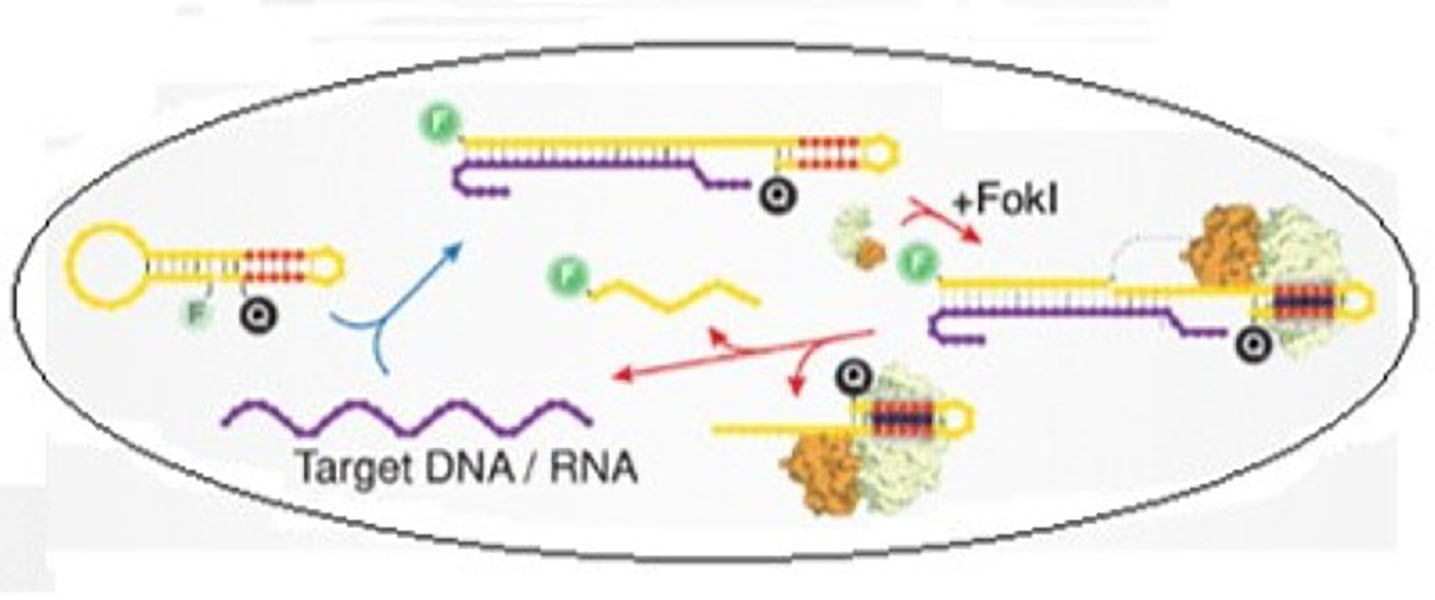
- Stage of development
-
Early validation with clinical samples
- Intellectual property
-
PCT application filed
- Intended collaboration
-
Licensing and/or co-development
- Contact
-
Xavier GregoriVice-presidency for Innovation and Transferxavier.gregori@csic.escomercializacion@csic.es
- Reference
-
CSIC/XA/005
Additional information
#Health
#Diagnostics
#Biomarker
#Infectious disease
An enhanced method for the detection of viral respiratory RNA pathogens
A signal amplification method for the simultaneous detection of respiratory RNA viruses in complex samples. The combination of molecular beacon technology and enzymatic digestion has proved to be a highly specific, cost-effective and fast alternative for detecting viral pathogens.
- Market need
-
The design of new RNA direct detection technologies, based on signal augmentation that avoid problems derived from nucleic acid amplification procedures when analyzing complex samples, is still a challenge. This is specially relevant for the differential identification of respiratory viruses. In this sense, the use of the restriction enzyme Fokl, that cleaves DNA:RNA hybrids, combined with the use of specific molecular beacons (fluorescent labeled probes) appears to be a suitable alternative.
- Proposed solution
-
A method has been developed wherein, after the targeted material is attached to a specifically designed molecular beacon, digestion with Fokl releases a fluorophore group, amplifying the signal exponentially due to the recirculation of the target sequence for further rounds of digestion. This strategy reduces considerably the detection limits of targeted RNAs, with high specificity regardless of the complexity of the samples. Also, it shows multiplex capabilities, since different viral sequences can be simultaneously detected in the same sample. Respiratory viral pathogens that have been tested include Betacoronavirus, SARS-CoV-2, Parainfluenza viruses and Pneumovirus.
- Competitive advantages
-
- The detection limit has been reduced more than 3 times in RNA samples compared to conventional hybridization assays.
- It provides high specificity and multiplex capabilities, being able to discriminate, in a single combined assay, a set of respiratory viral pathogens of interest.
- It improves the detection limit of target molecules by 2 to 4 orders of magnitude when coupled with isothermal amplification.